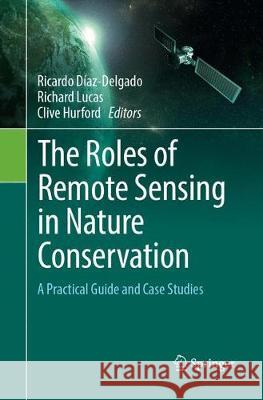The Roles of Remote Sensing in Nature Conservation: A Practical Guide and Case Studies » książka
topmenu
The Roles of Remote Sensing in Nature Conservation: A Practical Guide and Case Studies
ISBN-13: 9783319877723 / Angielski / Miękka / 2018 / 318 str.
The Roles of Remote Sensing in Nature Conservation: A Practical Guide and Case Studies
ISBN-13: 9783319877723 / Angielski / Miękka / 2018 / 318 str.
cena 625,42 zł
(netto: 595,64 VAT: 5%)
Najniższa cena z 30 dni: 616,85 zł
(netto: 595,64 VAT: 5%)
Najniższa cena z 30 dni: 616,85 zł
Termin realizacji zamówienia:
ok. 20 dni roboczych.
ok. 20 dni roboczych.
Darmowa dostawa!
Kategorie:
Kategorie BISAC:
Wydawca:
Springer
Język:
Angielski
ISBN-13:
9783319877723
Rok wydania:
2018
Wydanie:
Softcover Repri
Ilość stron:
318
Oprawa:
Miękka
Wolumenów:
01











